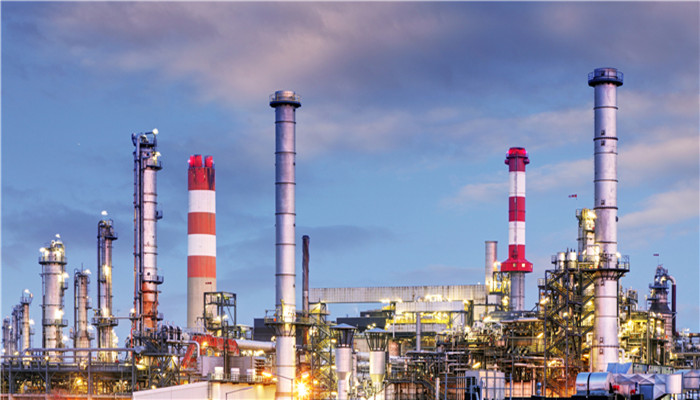
Sodium chlorate has a wide range of applications and the industry still has room for development in the future.
Sodium chlorate is a very fine chemical product. The raw materials mainly include hydrogen peroxide, sodium carbonate, caustic soda, etc. It is mainly used in metallurgy, water treatment, sodium chlorite, potassium perchlorate, pulp and other fields. Its application range is relatively wide. Benefiting from the development of terminal industries, the application demand for sodium chlorate is relatively high.
There are two main production methods for sodium chlorate, namely the electrolysis method and the chemical method. The chemical method has a long production process, a lot of equipment, a large area, and high production costs. Currently, chemical production is not used at home and abroad; electrolysis method Due to its advantages such as high production efficiency and environmental protection, it is currently the mainstream production technology.
Affected by the development of the economy, chemical industry and other industries in developing countries, global sodium chlorate production capacity continues to rise. In 2021, the total global sodium chlorate production capacity will reach 4.33 million tons, mainly distributed in Europe, North America and other regions. In the future, driven by the rapid industrial development in Asia, the production capacity of sodium chlorate in the Asia-Pacific region will continue to increase, and the Chinese market has great development potential in the future.
According to the “China Sodium Chlorate Industry Market In-depth Research and Development Prospects Forecast Report 2022-2027” released by the Industrial Research Center, Sodium chlorate has a wide range of applications. Driven by the development of papermaking, water treatment and other industries, the market demand for sodium chlorate remains at a high level. In recent years, the downstream industry of sodium chlorate has been relatively sluggish and the demand for sodium chlorate has decreased. Therefore, the global demand for sodium chlorate has shown a decreasing trend. In 2017, the global sodium chlorate market demand was 3.7 million tons, which will decrease to 3.33 million tons in 2020. In 2021, as the epidemic is under control and the economy and industry recover, the application demand for sodium chlorate will rebound, reaching 3.43 million tons.
The domestic sodium chlorate market is relatively mature. After the efforts of environmental protection policies, low-price competition, and disorderly expansion, the market structure has gradually been optimized. Currently, there are only 20 manufacturers with a domestic production capacity of 1 million tons, of which the maximum production capacity of a single device can reach About 550,000 tons. Due to the impact of environmental protection and technology, some companies have withdrawn from the industry, resulting in a gap between domestic supply and demand, and there is room for development in the future market.
Compared with the global market, my country’s sodium chlorate market demand growth is significantly higher. The domestic market is mainly concentrated in water treatment, potassium permanganate, pulp and sodium chlorite, among which sodium chlorite and water treatment agents have development prospects. . At present, my country’s water resources are scarce and water pollution is serious. Under the background of environmental protection, the market demand for water treatment agents has increased, and the market size has grown accordingly, reaching 35 billion yuan by 2020.
Industry analysts said that sodium chlorate has a wide range of applications, the industry is relatively mature, and the market demand mainly comes from water treatment and sub-assemblies. In the two major fields of sodium chlorate, supported by environmental protection policies, sodium chlorate still has development potential in the future. Generally speaking, the current global sodium chlorate production capacity structure is constantly being optimized, and a gap between supply and demand has emerged. There is room for development in the market in the future, but the overall prosperity of the industry is not high.

 微信扫一扫打赏
微信扫一扫打赏

